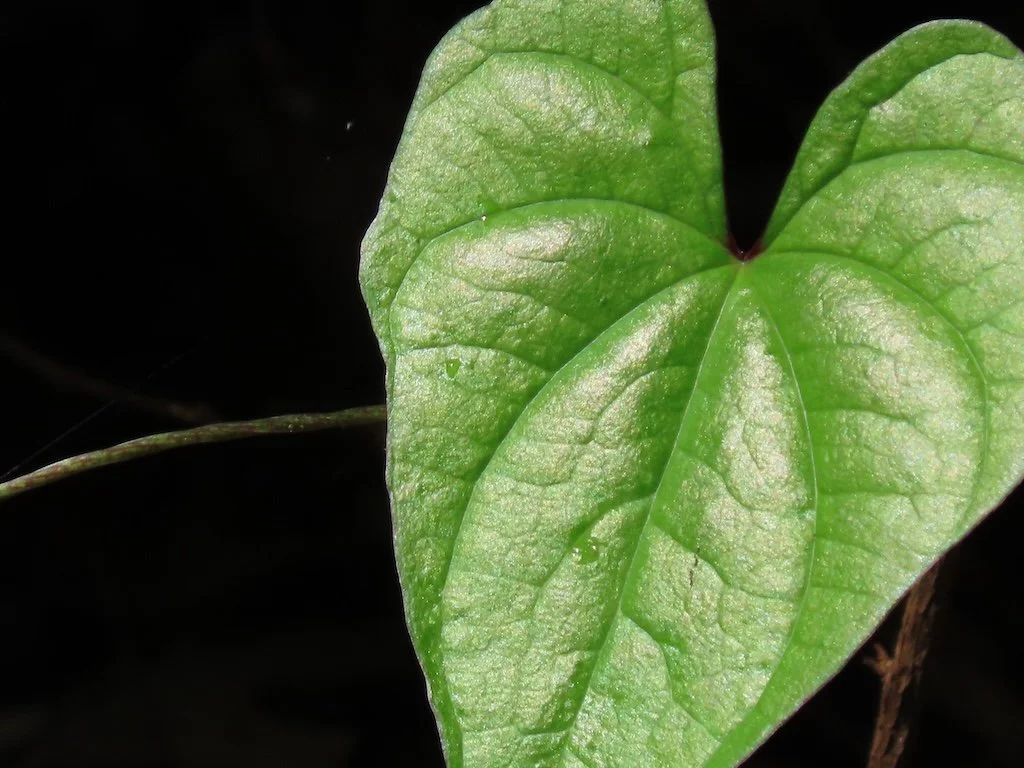Then and Now – Photography
/Photography has changed a lot between the 1960s and now.
My mother was the photographer in my family and, as we got old enough, she allowed us to use her camera. It was an Instamatic that had a flash cube option. Film was expensive enough that we were careful to make the most of each shot. I remember sending off the rolls of film to be developed…another expense. She had taken pictures of us as babies earlier (in the 1950s) – with a camera I don’t remember – and the images were all black and white. By the mid-1960s, there are more family images in color. She often wrote on the back of the pictures: date, names of people, location.
Cameras that produced digital images became broadly available in the 1990s and now a lot of images are produced with our Smartphones. The two ‘cameras’ I used now are a Canon Powershot SX70 HS and an iPhone 15 Pro Max. The Canon is best for instances where I need the optical zoom capability (for bird and butterfly photography, for example) and I find that I can hold it steadier than the phone (i.e. the form of the camera is easier to ‘hand hold’ than the phone) The iPhone is best for macro photography. The iPhone also has the advantage of being with me almost all the time.
There are many advanced functions on both cameras. The only one I find that I use is the ‘night scene’ one that stacks low light images into a single image. Both of my cameras have the function…and it works well.
Digital cameras allow easy review of pictures immediately which shortens the photographic learning curve – no waiting until the film is developed to see if the image captured was as anticipated. I love to experiment with different settings to create high key images…and reduce the ‘burn out’ in part of the image on sunny days.
There are a lot of ways to edit pictures now – both in the ‘camera’ and post processing. I choose not to use any of them except cropping. It makes me uncomfortable to change an image to something the camera did not ‘see’ --- and it’s not something I want to spend time doing. I challenge myself to get the image I want with the camera I have! With the optics and image stabilization that cameras have today that is not as hard as it was in the 1960s.
Previous Then and Now posts




































































































































































































































































































